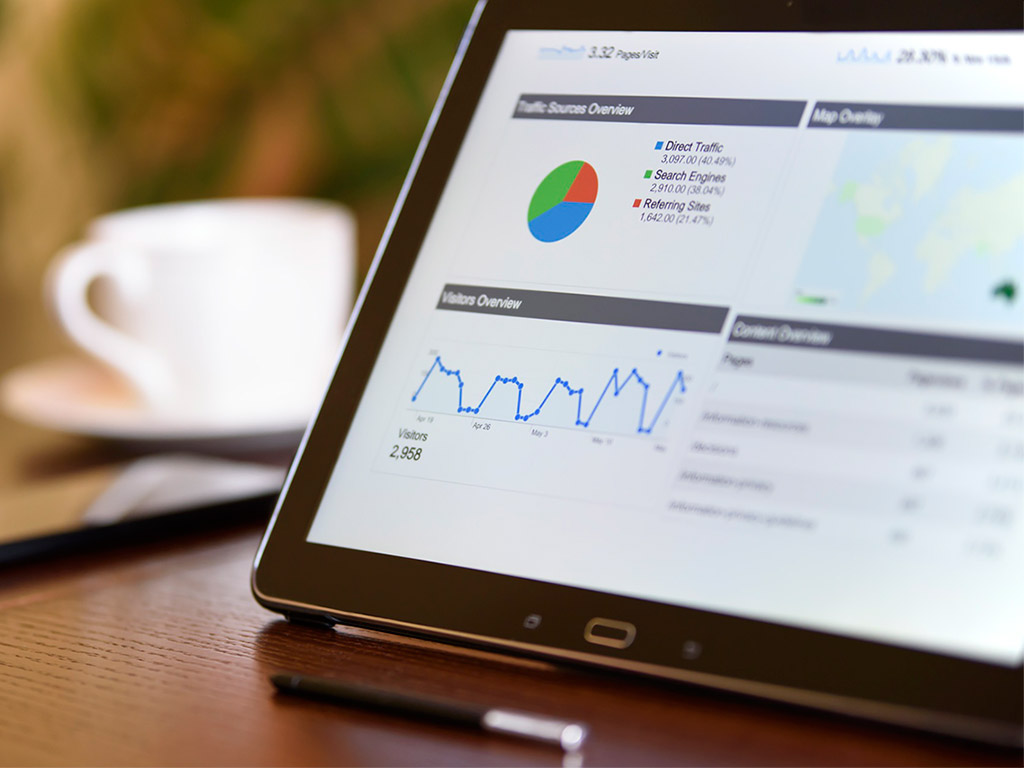When I first used Google Analytics it was a shock to me seeing so many numbers and charts. The flood of information at the time was more than what I could make sense of. This was the first time I developed a fear of analytics, a fear of big data.

Eventually, I got used to it after increased usage of the analytics platform along with understanding what each metric meant. I still do run into the issue whenever I am tasked on making sense of a client’s web analytics.
So the main question is, “How do I overcome my fear of analytics?”. I figured the best way to deal with it is to get to the root of the problem: to understand why this fear happens in the first place.
Different strokes for different folks
For most analytics services, the data collected is unrefined; a large amount of data to make sense of. This is because the data collected is catered to different groups of people. You have your team at marketing who want to know what age group is coming to the website so that they can target these users with relevant ads. The tech team on the other hand wants to know the actual number of people accessing the site on a monthly basis so that they can cut down on the service bandwidth subscription to save costs.
…the struggle is how you define which data is important for which group.
Every group has their own needs, and being the person in charge of analytics, the struggle is how you define which data is important for which group. Take the time to get in contact with the relevant party and understand their needs.
Learning the lingo
Sessions, page views, and bounce rates; what do these mean? These are some of the common names of metrics that are used in the majority of analytical tools and it is also a hurdle for most people to get past. These are terms are unfamiliar to those who have not used the analytics platform itself. At the beginning, none of these will make sense to you but taking the time to read and understand what each metric does is a great way to alleviate the problem.
Like many things that can be learned, try taking small steps to get yourself accustomed to these terms.
Like many things that can be learned, try taking small steps to get yourself accustomed to these terms. Here’s an article you can read later, which explains the more important metrics that are found in Google Analytics and also other analytics tools like Kissmetrics and Adobe Analytics. A journey of a thousand miles begins with a single step after all.
Don’t bite off more than you can chew
Big data, as you’ve guessed it, are large data sets. As with many large undertakings, it is best to start small. While you may be eager to get into it at the get go, understand that dealing with analytical data will take time and experience to get accustomed to. If you start with a large pool of data, you may feel overwhelmed and eventually give up.
Even if the traffic is small, this is still data that you can work with.
You can try it out my implementing Google Analytics to a small site and collect data. If you’re a blogging sort of person, perhaps you could start a blog about your interests and share it with interested parties. Even if the traffic is small, this is still data that you can work with. I was blessed because I was given the opportunity here at Stampede to conduct analytical findings on its already existing websites such as Stampede Blog, Stampede Constructs and Stampede Curated.
As complex is it may seem at first, analytics is definitely something that can be learned, but developing the mindset to tackling it must be set first. I hope these points have helped you determine why people fear big data and how you can overcome it with a little effort.
Is analytics something that you’ve always wanted to try, or are you already involved into it to some degree? Let us know at the comments down below, we’d love to know.
